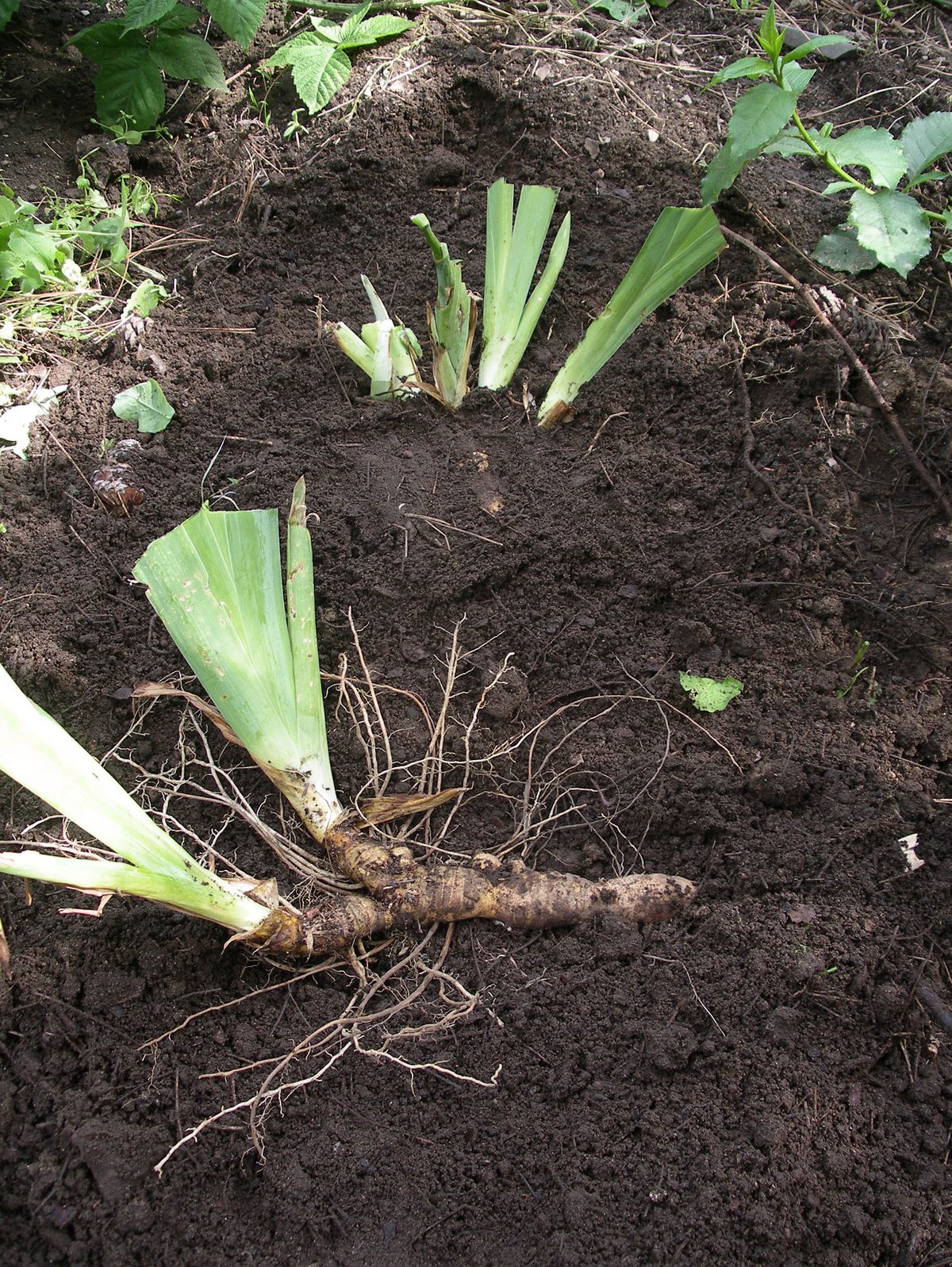Gardening: Late summer brings plenty of chores

Oh the joys of the late summer garden. The sunflowers are in their full glory, the Russian sage and salvias are providing the bees with pollen and nectar. The roses have come back into bloom as our temperatures cooled a bit.
As pretty as the garden is, it’s also time for late summer chores.
If your iris patch didn’t produce many flowers this year and the leaves seem small, consider thinning them out. Gently dig up the shallow-rooted rhizomes with a digging fork. Separate the largest roots with a good fan of leaves attached. The rest can be given away or planted elsewhere. Add a little compost to the bed and work it into the soil. Trim back the leaves to 6 inches and reset the roots so that the soil barely covers the top of the rhizome. Water well and add an inch of mulch to keep down weeds. The roots will have time to re-establish themselves before winter.
Deadhead spent flowers and trim back heat-battered foliage from perennials. Some perennials will push out a second blooming after they are trimmed. Keep lavender plants bushy by taking off about an inch of the leaves on top of the plant along with the spent flowers. Cutting too deeply into the leaves can take the branches back to woody tissue that won’t produce new growth. Save the flower stems for perfuming the house and reminding you that in the dead of winter, there is hope for spring.
Roses should get their last dose of fertilizer now to see them into their fall glory and to allow new growth to harden off before winter. Many rose growers use alfalfa meal worked into the top 2 inches of soil around the plants. Alfalfa meal can be purchased at most garden centers or as pellets from the feed store. It might even be cheaper at the feed store than the fancy stuff at the garden center. Continue deadheading spent flowers so the plant will send out new flowers. Keep the plants well-watered into October.
Divide Oriental poppies now as they are a bit fussy about their roots being disturbed any other time of year. Since the plants have probably gone dormant, look for a pile of dried leaves and then carefully dig up the clump and divide it. Reset them so the crown is at the soil surface. You can also dig up a few root pieces from the main plant and set them out in new areas without disturbing the main plant. Mark the spot so you know where they are.
If you have been drooling over the bulb catalogs that have been arriving in the mail, now’s the time to get your order in. If you are looking for unusual bulbs, you want your order in early before the bulb company’s stocks are depleted. Once your order arrives, get them in the ground as soon as you can so they have time to grow a good root system before the ground freezes.